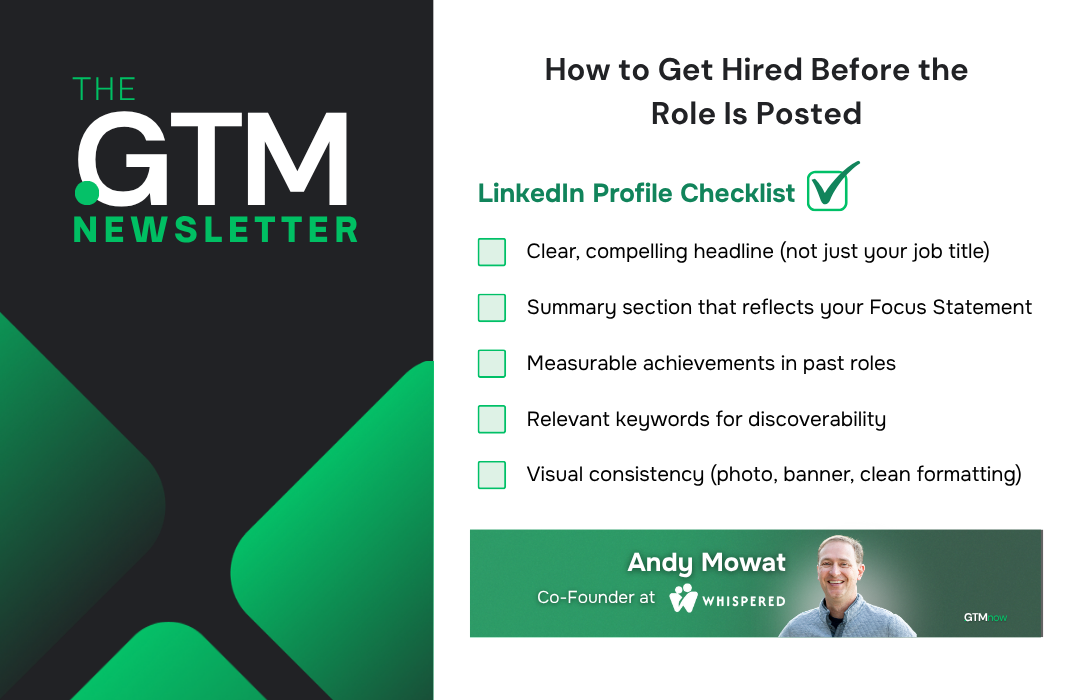The payoff that comes from overseeing both the sales AND marketing teams at my company is that I get to experience a double high, both when the lead comes in and when the deal closes. Watching a new qualified lead come in is a beautiful thing — validation for our marketing efforts, our product, and our market fit. After all, you can have the best product in the world, but if it doesn’t help solve a real person’s problem, good luck selling to anyone.
With my marketing brain on high-alert, the first thing I look for in a lead is its source. What did we do that paved the yellow brick road for this individual to flow directly to us? Was it the webinar we co-produced last week with another organization? The conference we exhibited at last month? Or was it any number of provocative blog posts that have been shared on LinkedIn and Twitter?
Why do I care so much about lead source? Because of the three KPIs that are most critical to our SaaS company (MRR, LTV and CAC), CAC (customer acquisition cost) is the one KPI that I can control. Tracking, reporting on, and analyzing lead source helps me calculate how much the company had to spend to obtain that lead and, the same way you’re likely diversifying your stock portfolio, I can ensure we have a complementary blend of marketing activities hard at work to keep our CAC exactly where we need it to be. When we’re spending, say, $60k to exhibit at a conference, that marketing activity needs to be balanced by one at a much lower expense — content marketing and social sharing, for example. Or, partners.
That’s right; I said partners. Now, coming from someone who has been in lock-step with the content marketing movement since its modern-day infancy and someone who loves the thrill of the trade show floor, I’ve just got to say: partner leads are my favorite.
Partner Leads Cost Less
You know that feeling when you buy a medium-sized smoothie but the clerk makes too much and you end up with a large? Yeah, you paid for most of it, but you get to enjoy quite a bit extra, gratis. Whether you’ve built a referral-based program, a sell-with co-branded program, or a straight out reseller program, your CAC for indirect, partner leads is far less than any of your direct lead source efforts. The cost isn’t a nice round goose egg, but if you’ve built your program effectively, it should be a very small fraction of your direct CAC. Just think — the cost that goes into producing inbound lead generation and sales enablement content is static, regardless of if you’re sharing that content with your 30 direct sales reps or 300 indirect sales reps at your partner organizations.
[Tweet “If you take the time to build a partner program, your partner leads will be the most-qualified”]
Partner Leads Close Faster
The not-mentioned KPI that secretly latches onto CAC is average sales cycle. Your average sales cycle can dramatically increase your CAC without you even realizing it. Not only do you need to account for the marketing dollars spent to acquire the lead, but there are sales dollars spent to continue to nurture a lead that becomes an opportunity throughout the entire sales cycle — so deals that close in, say, 30 days are decidedly less expensive to your bottom line than deals that take 120 days. We can get sucked into a hypothetical, mathematical maze of potential dollars lost when sales reps spend time nurturing lagging deals that they could be spending nurturing new deals or even hunting for net-new opportunities, but let’s not go there.
Instead, let’s focus on the fact that when you build a partner program that harmonizes with your direct sales team, when you add value to your partners’ own offerings, and when you have a partnership built on trust and transparency, partners will bring you into deals, positioning you as a trusted advisor at the stage of the sales cycle that’s right for the customer. And THAT, that’s why partner leads close faster. If you take the time to lay the groundwork for your partner program appropriately, partner leads will be the most qualified, most close-ready deals you’ll ever get.
It doesn’t happen overnight. Partners aren’t magically found and enabled. And, it takes time to build trust and transparency so partners want to bring you in on their most precious opportunities. But, building a partner program that acts as a natural extension of your direct sales and marketing operations is the perfect place to start.







